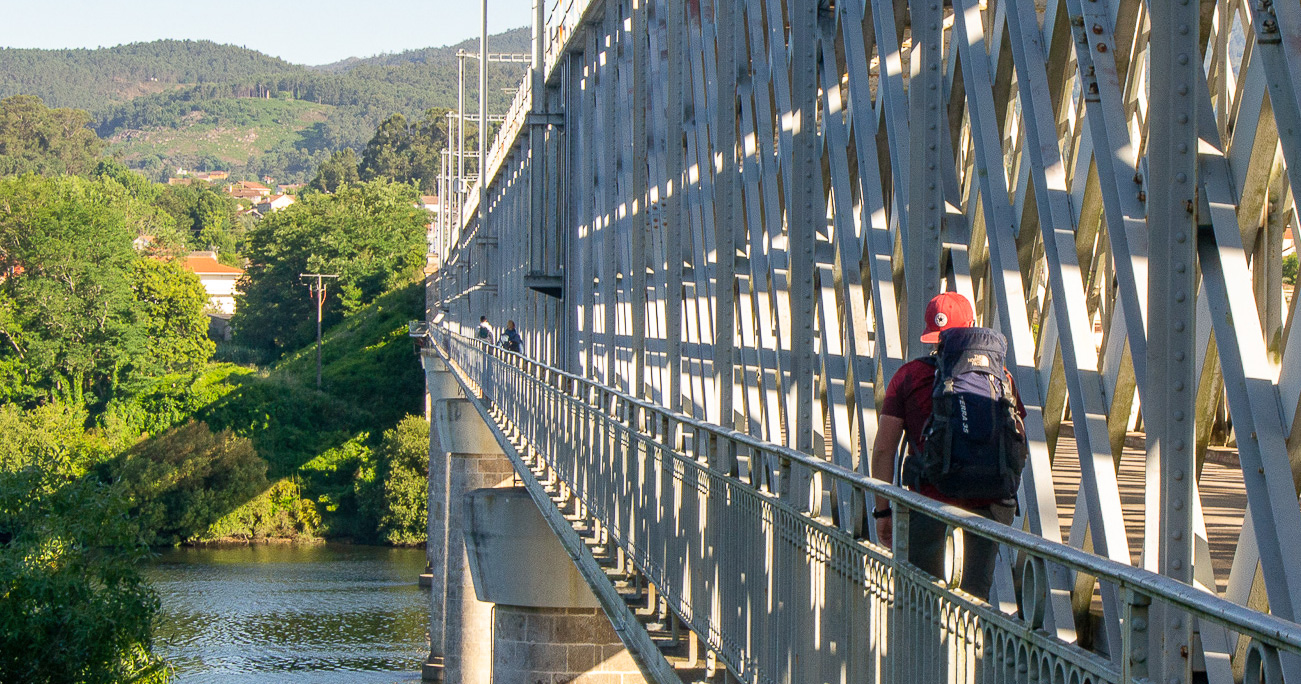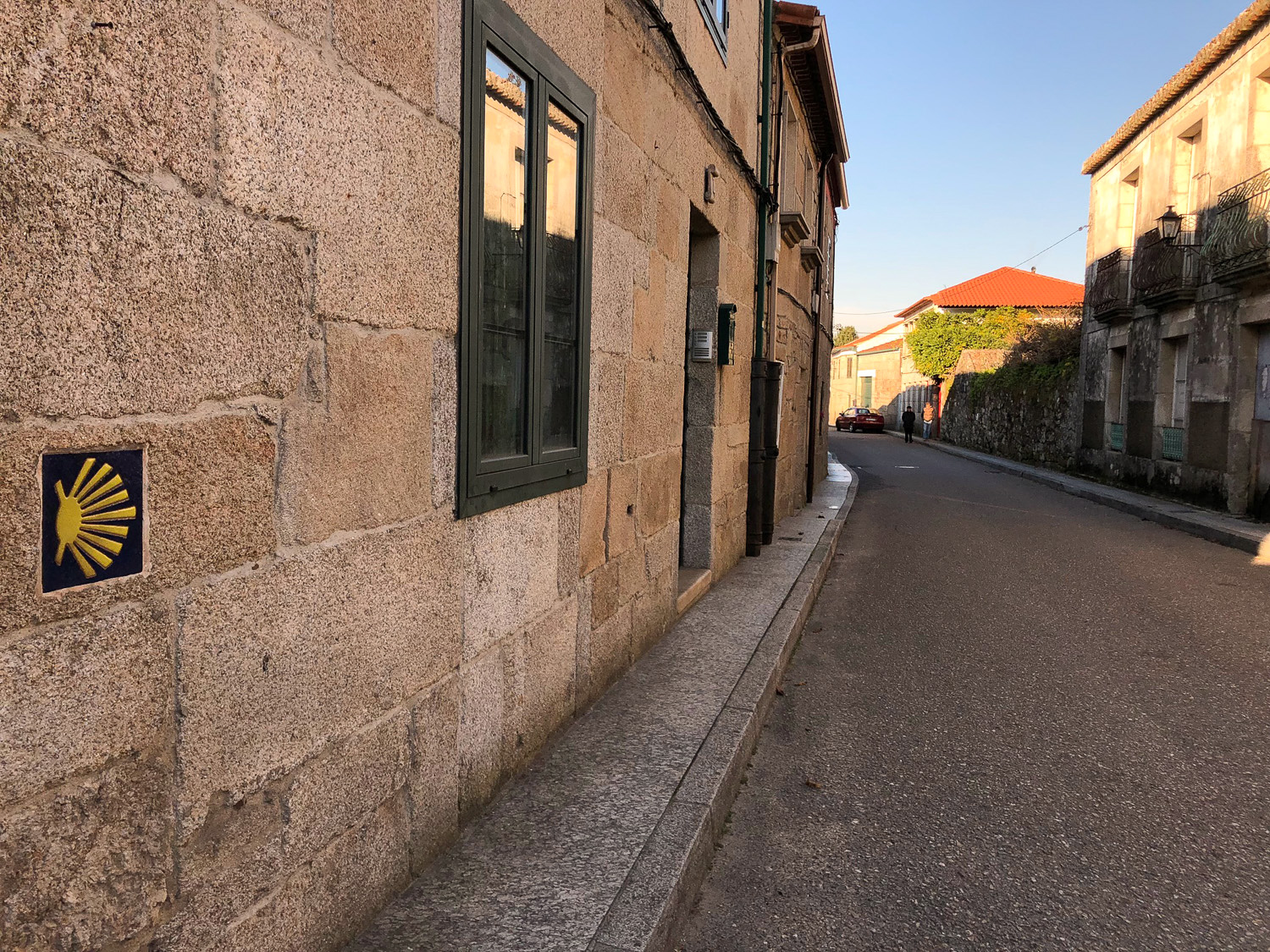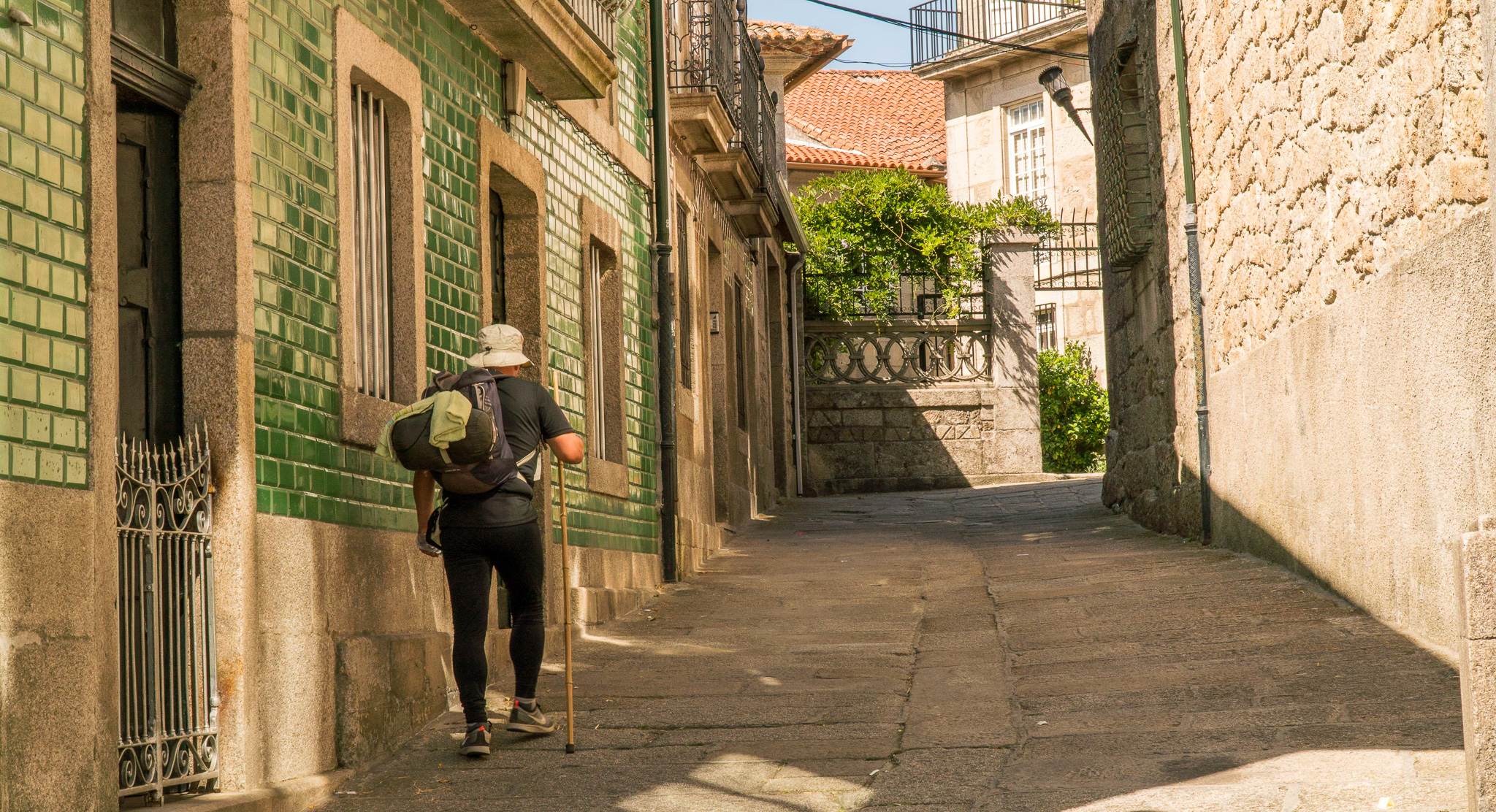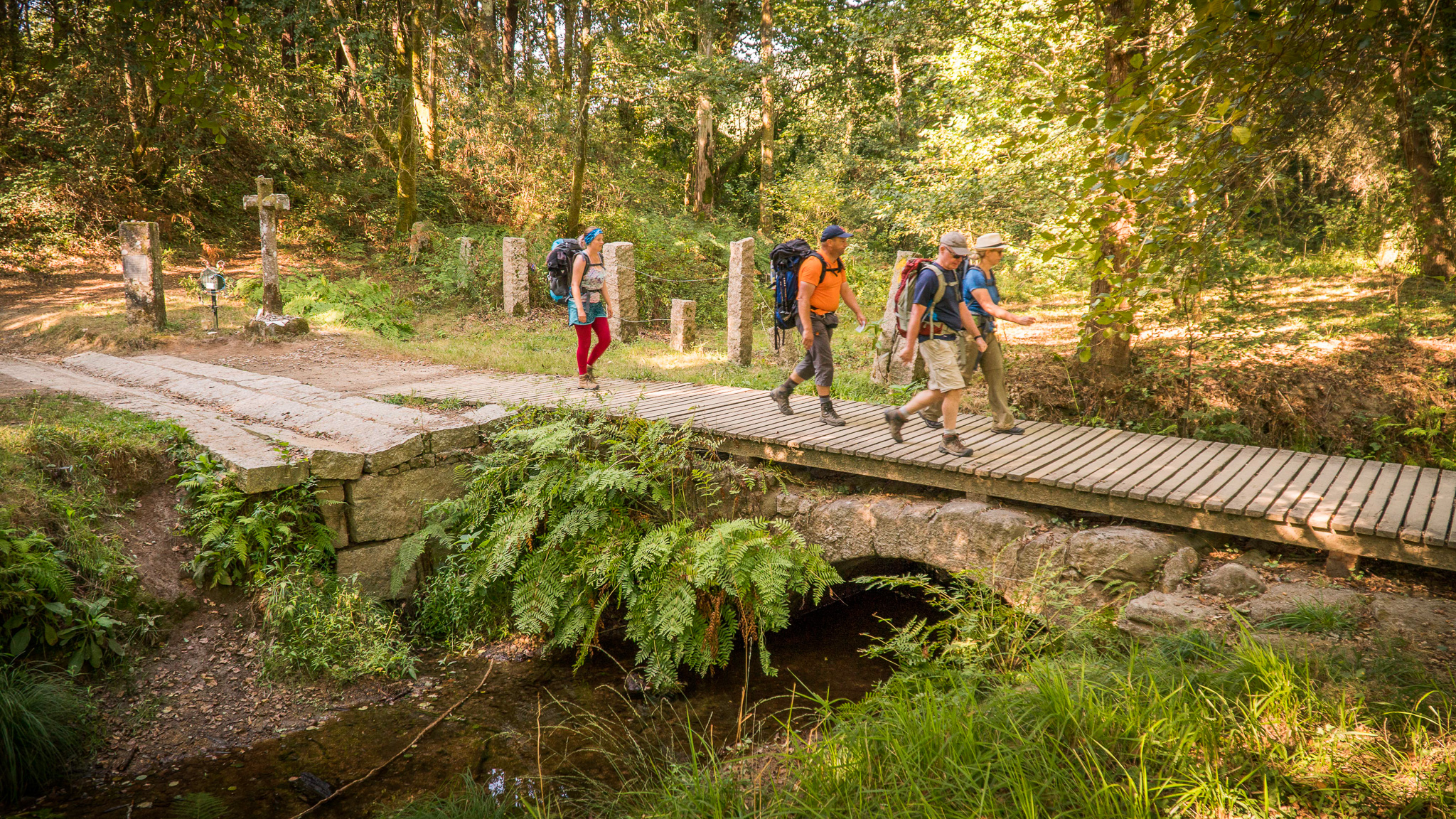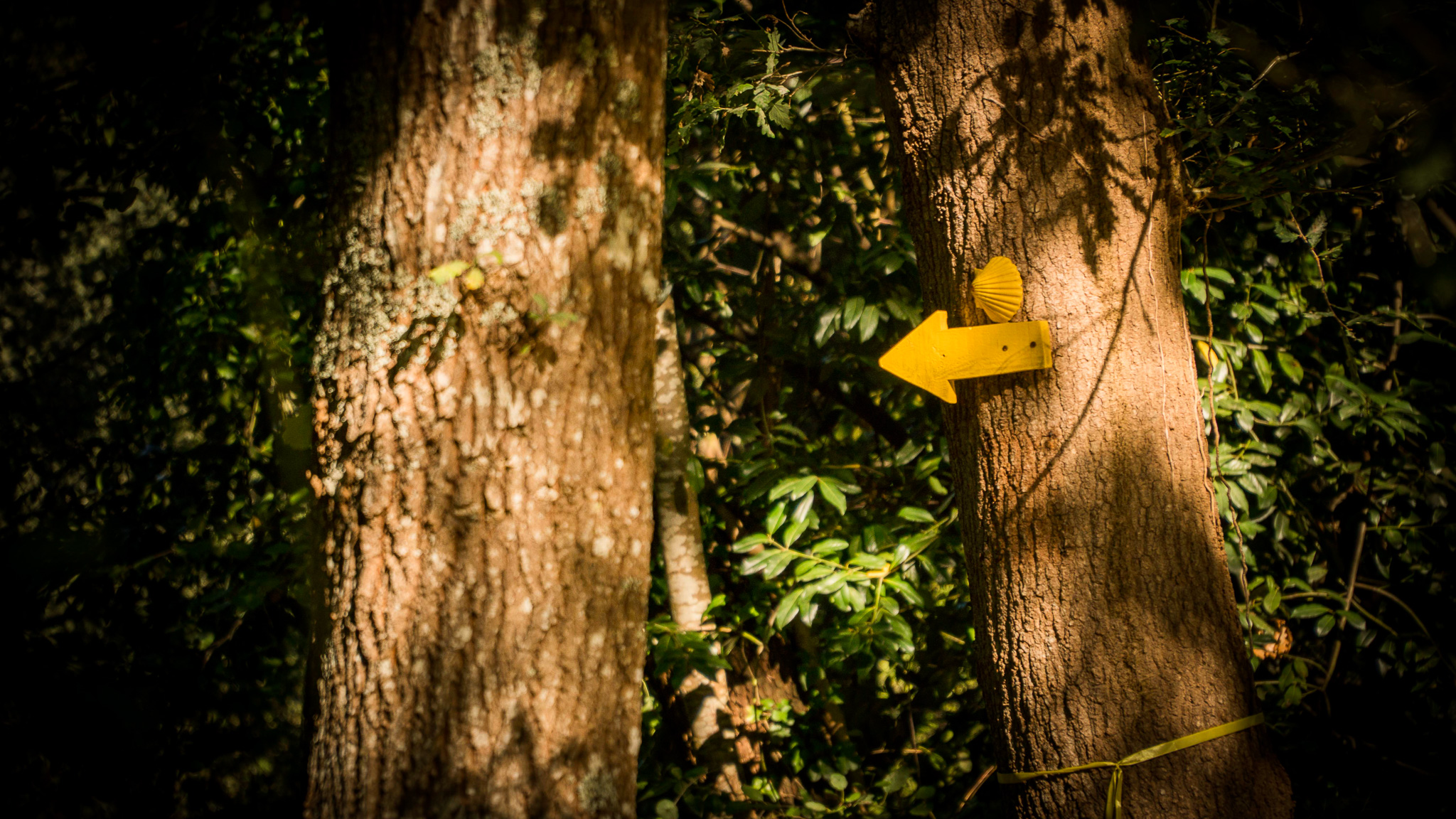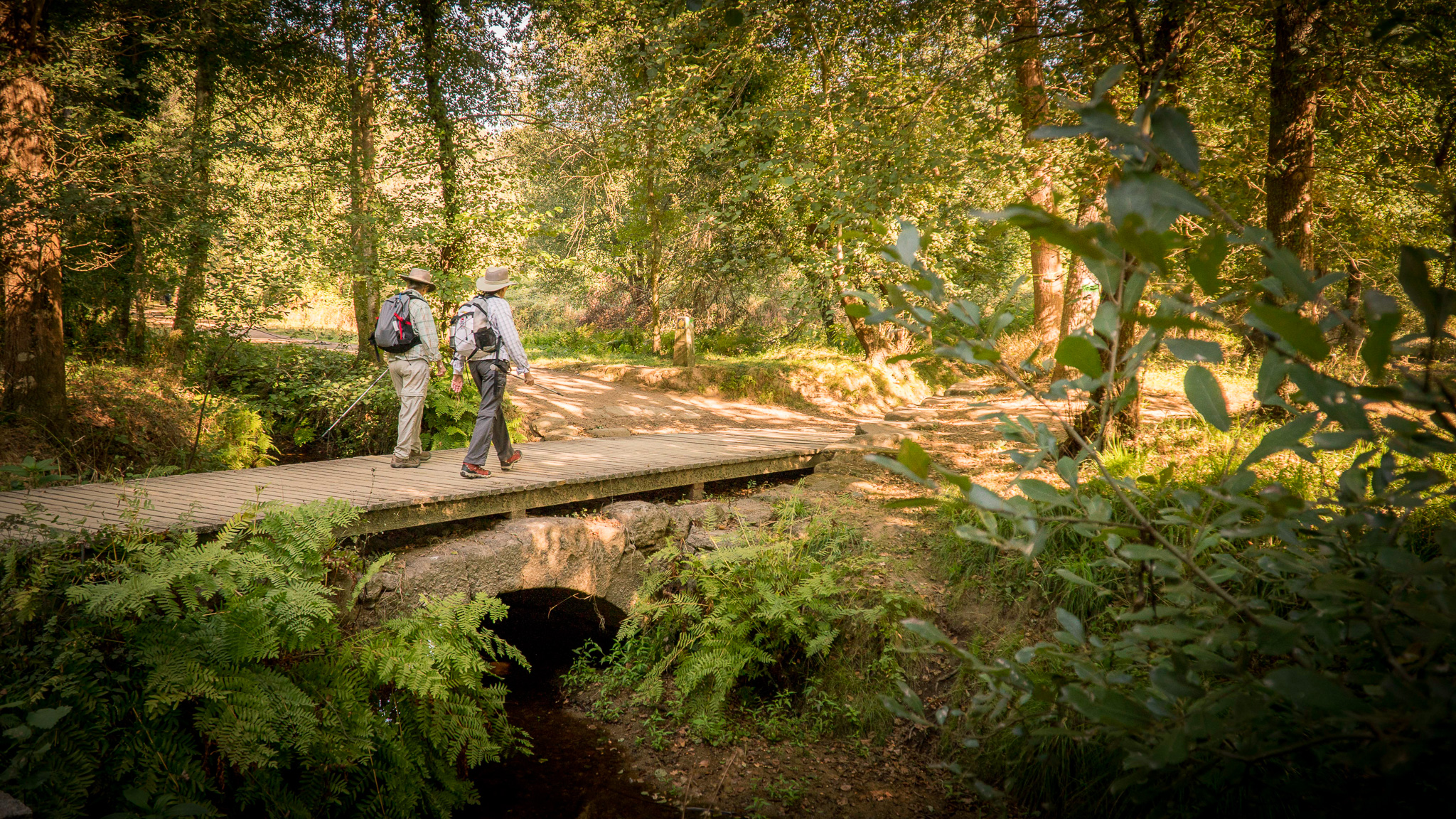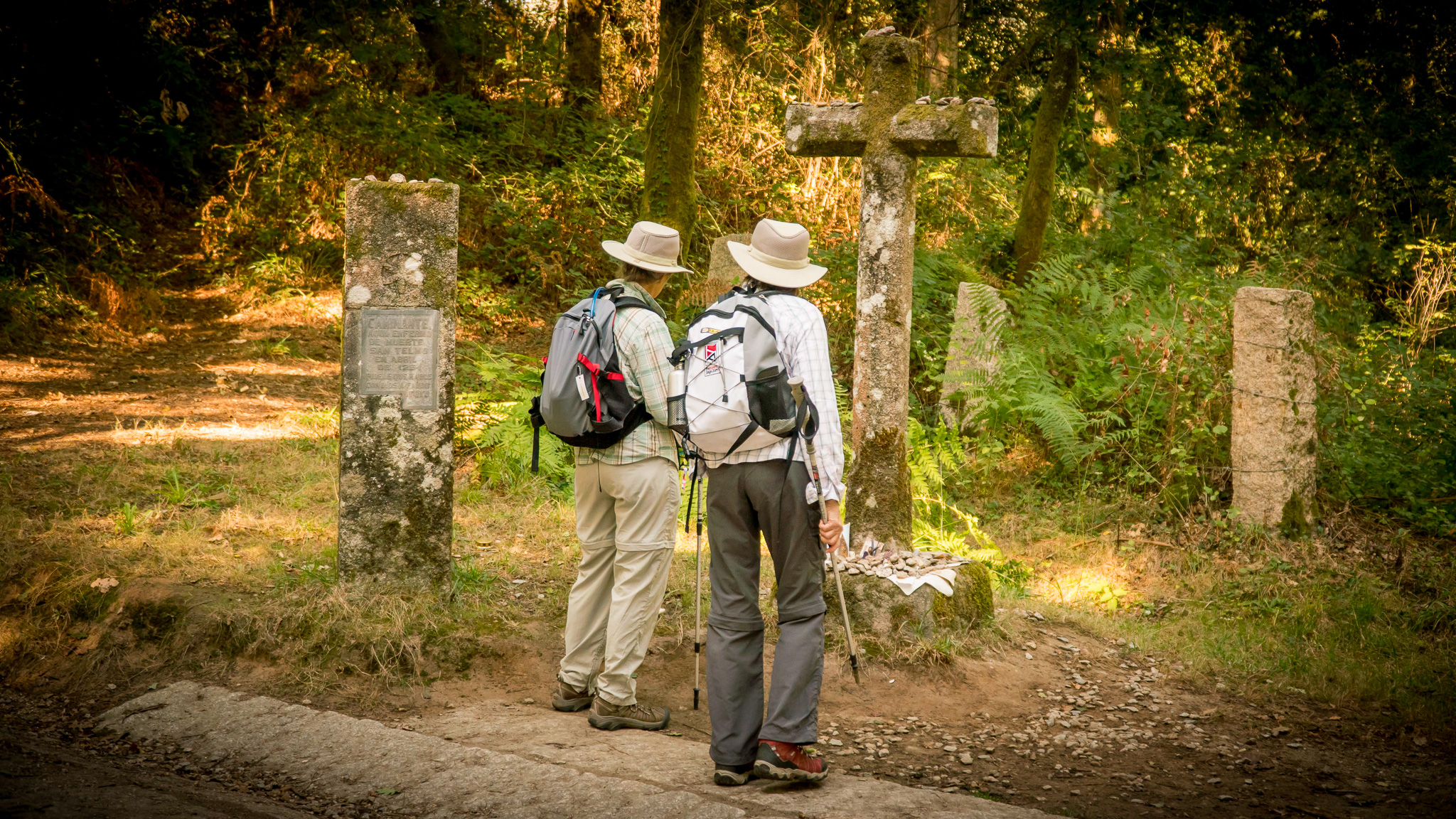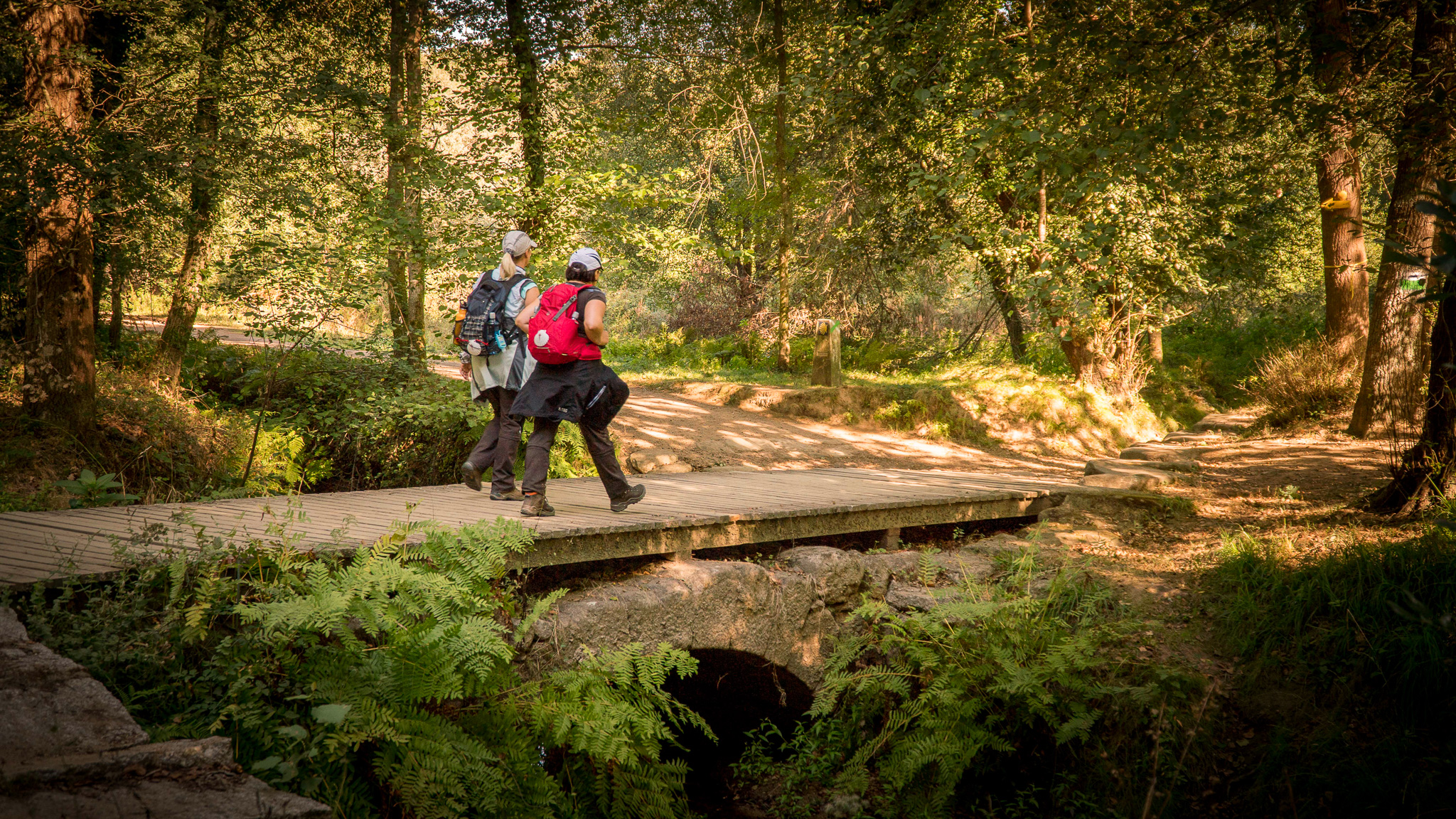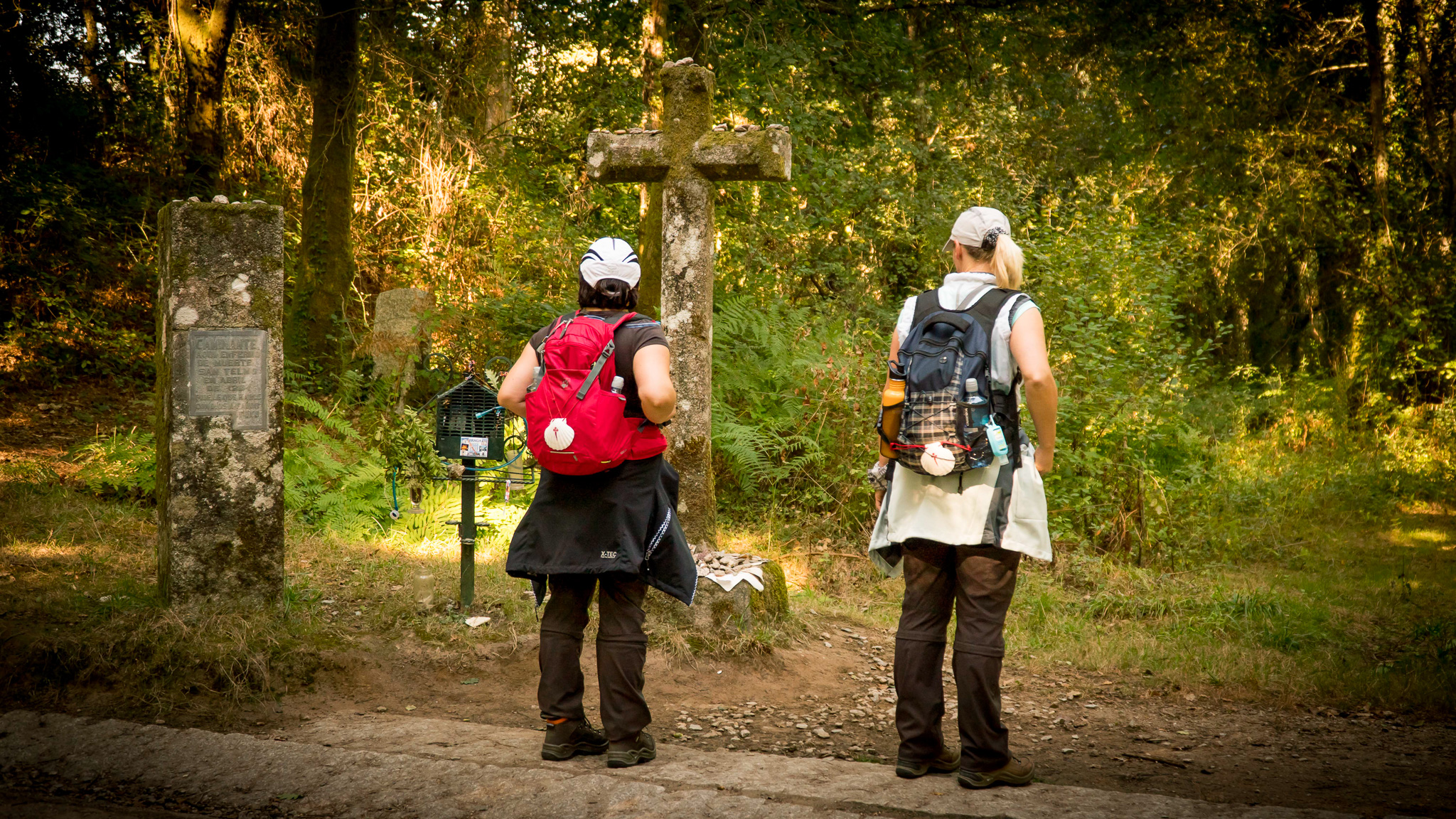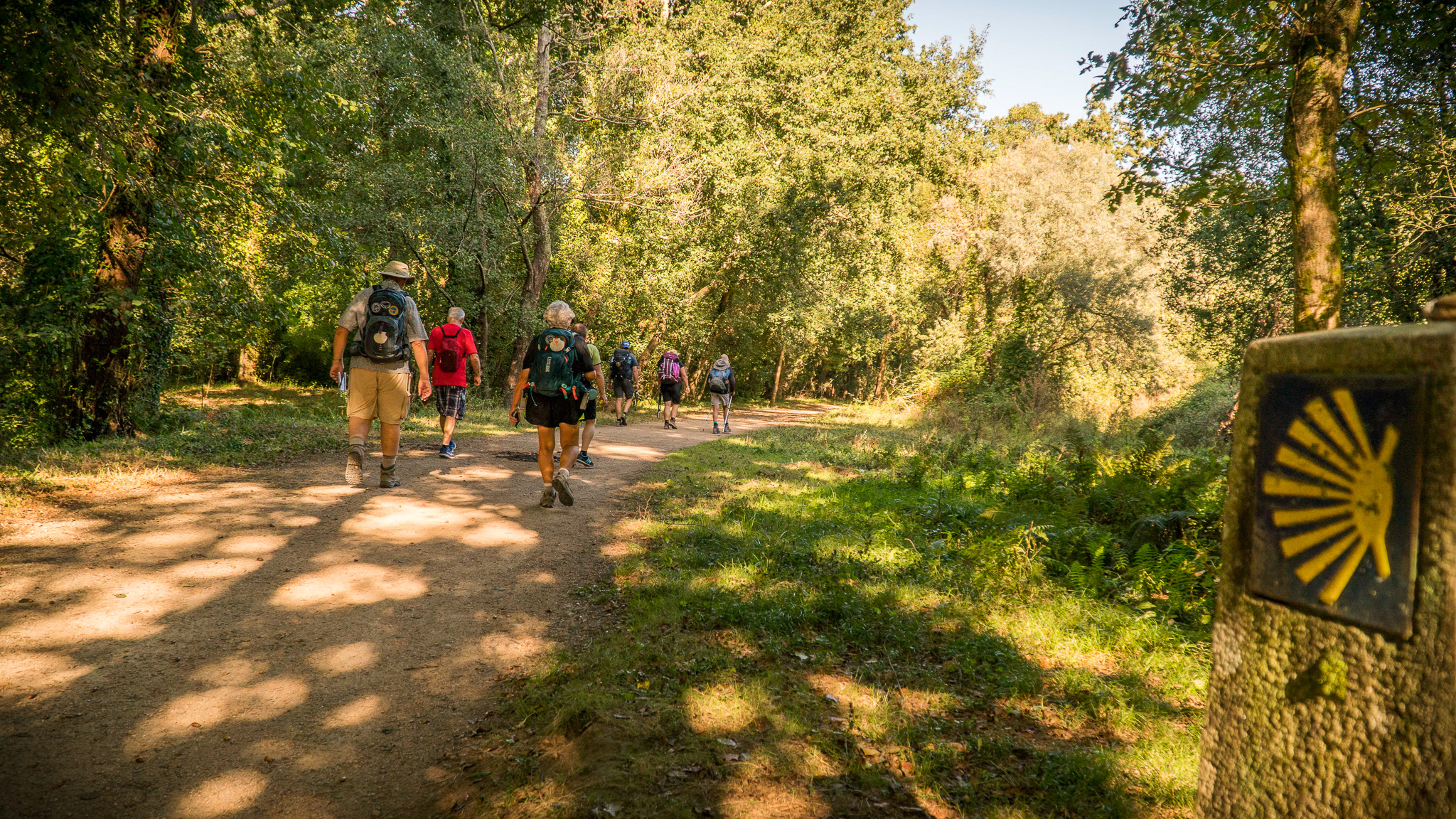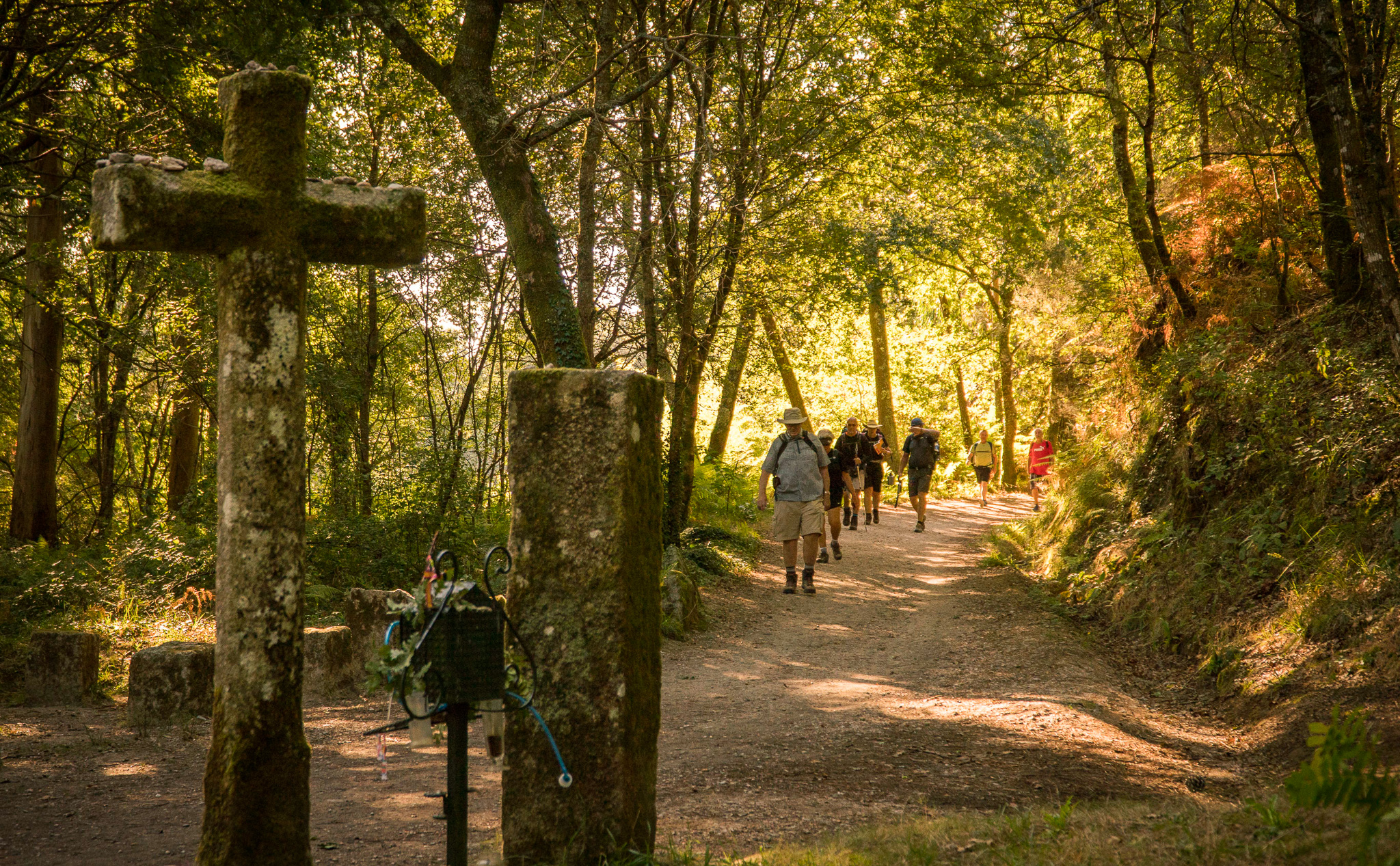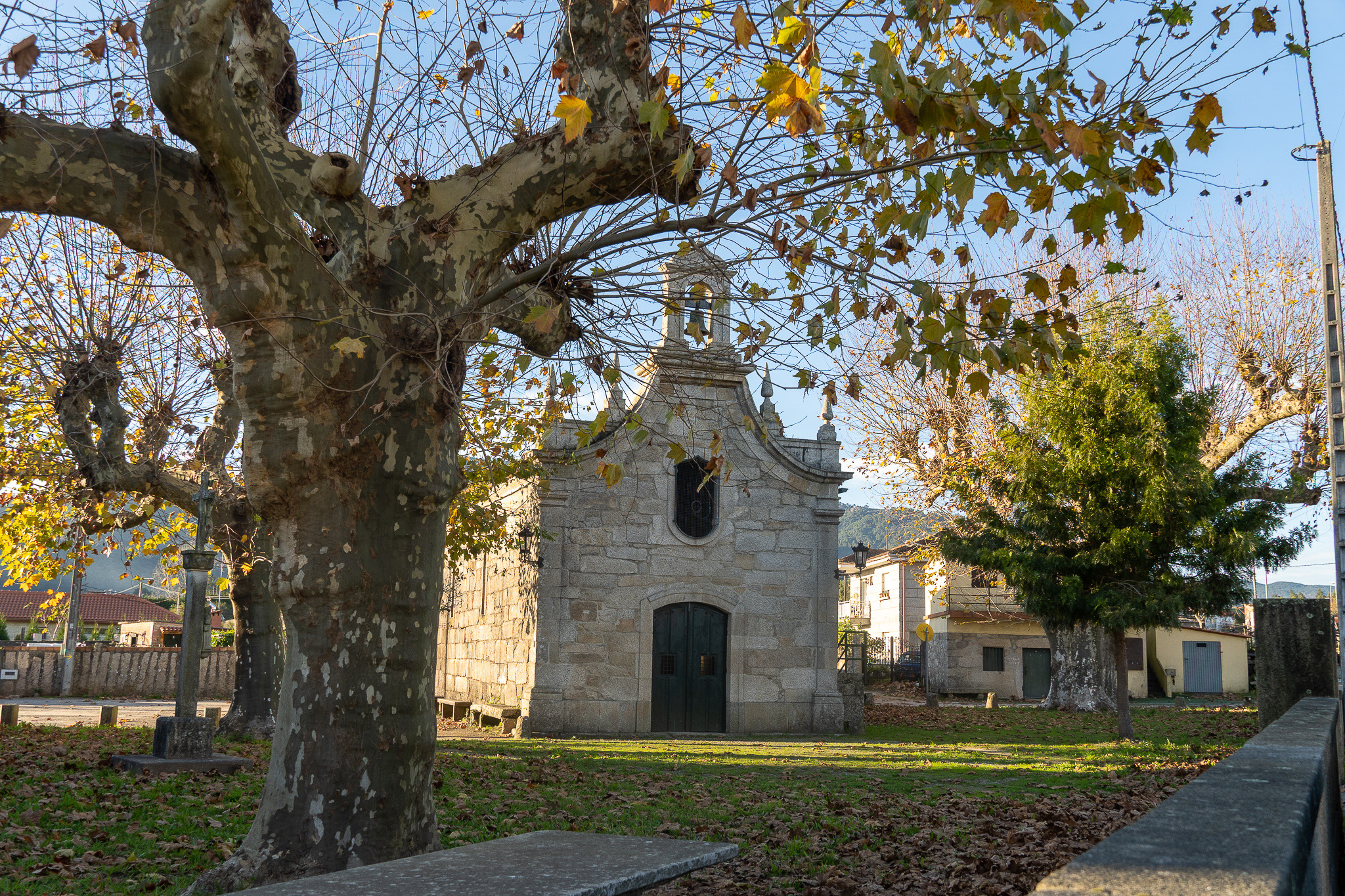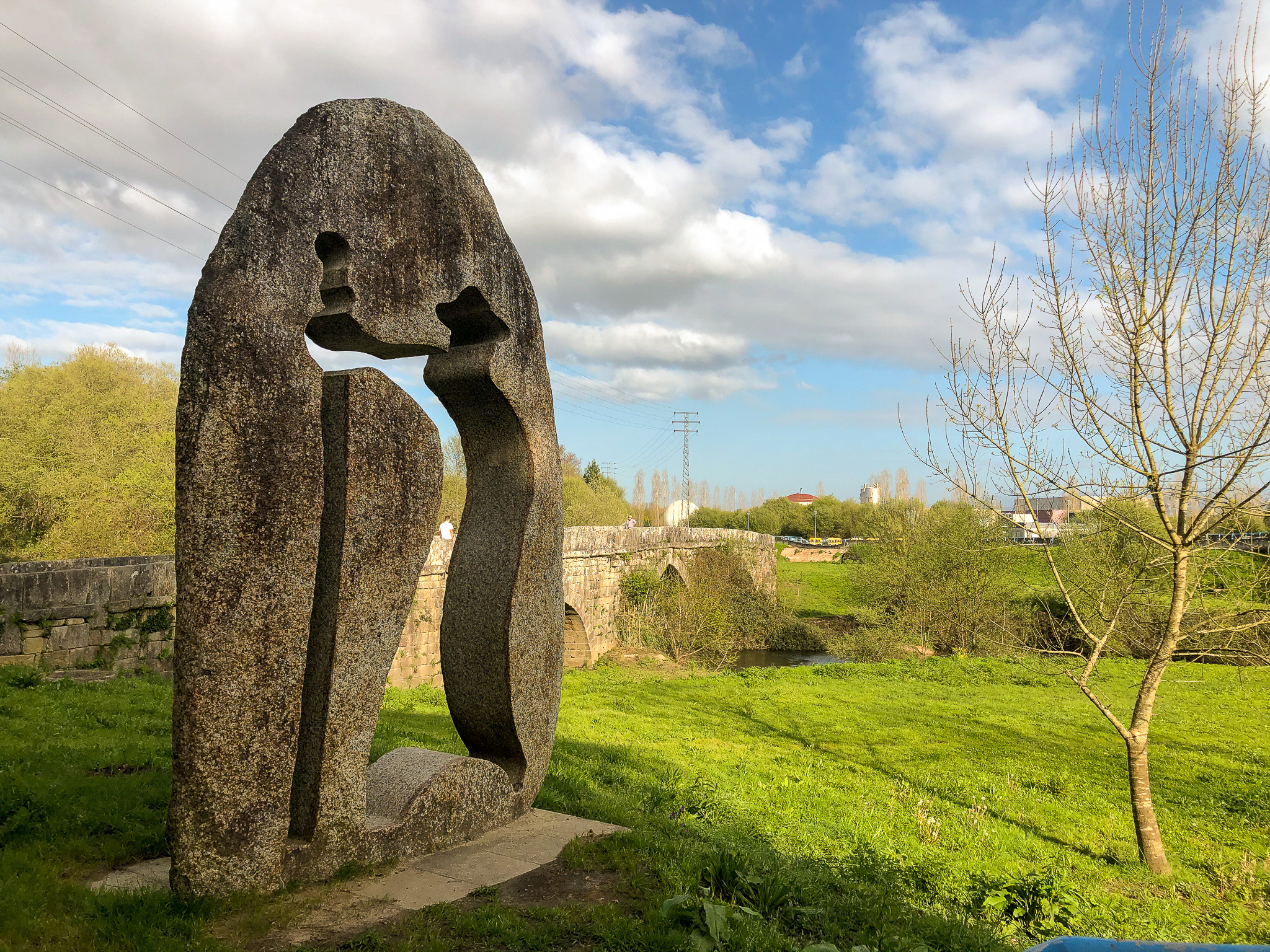The Portuguese Way to Santiago
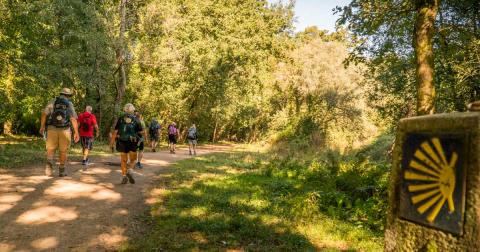
The streets of Tui have heard for centuries the steps of the pilgrims on the Way of Saint James. Throughout the ages, distinguished names, whose presence here has been documented, have joined countless anonymous walkers on their way to the sepulchre of the apostle.
Their passage year after year has left a lasting mark on the city itself. With the ephemeral echoes of their feet, our architecture, heritage and culture has been transformed thanks to being part of this pilgrimage route.
And the number of pilgrims is ever increasing, as can be seen in the stretch of the Way crossing the city.
Tui is the entrance gate of the Portuguese Way into Galicia and, as such, is often taken as the starting point. The distance between Tui and Santiago, a little over 100 kilometres, is, precisely, the minimum entitling to the certificate of completion of the pilgrimage.
Indeed, among those passing through the city we can find pilgrims who set off in previous points in Portugal and others who have chosen Tui or Valença as the place to start, the latter going over the Old International Bridge. This landmark has two footprints marked right in the middle, where one can stand with one foot on each country.
The Portugal Avenue and the Barca and Freanxo quarters are the first places where the pilgrims pass after leaving the Old Bridge. Next, they enter the historical complex through the Piñeiro area and Sanz street until reaching San Fernando square, where the Cathedral of Saint Mary amazes with its blending of Romanesque and Gothic styles. Once we arrive here, a rest is needed to get one’s breath back, but also to gaze at this monument built during centuries where multiple features bear witness to the pilgrimage.
The square in front of the City Council and the Nun’s Alley, beside the Convent of the Order of Saint Claire, lead the way through a tunnel and twisting through narrow streets down to the Coengo Valiño street, in the Santo Domingo quarter. A convent church devoted to Saint Dominic can be found right beside the route and it gives its name to the quarter; the same happens, further on, with another one devoted to Saint Bartholomew. Next, the way leads pilgrims through an area surrounded by nature by the mediaeval Romanesque bridge on the River Louro. After a stretch surrounded by trees, the route goes on to the Church of Our Lady of the Way (Virxe do Camiño), in the parish of Rebordáns, and then to Ribadelouro until we reach the Ponte das Febres (“bridge of the fevers”). This is where Saint Telmo, the patron of Tui and of sailors, fell ill, as commemorated by a small marker. The way goes on among the trees towards the council of Porriño.
Tui has an official pilgrims’ hostel belonging to the network run by the Galician Government, in the Párroco Rodríguez Vázquez street. Recently, a number of private hostels have also been created in the city to cater for pilgrims. The accommodation offer also includes pensions, hotels, a spa and a Parador (a State-owned hotel in a historic building).
There are also other establishments offering their services to pilgrims.
Practical information
Pilgrim’s credential: can be purchased for €2 in the Cathedral between 9 and 14 (morning) and 16 and 20 hours (afternoon)






